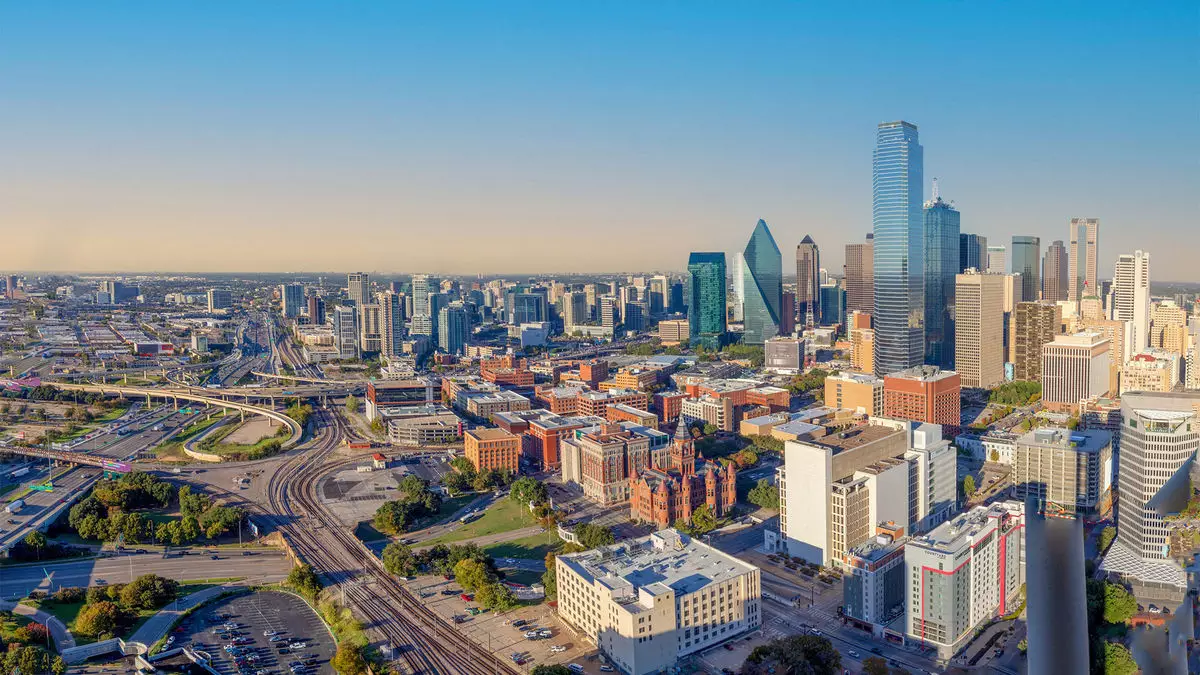The U.S. hotel industry has experienced an unprecedented surge in development, as recent data from Lodging Econometrics reveals a record-breaking total of over 6,200 projects in the pipeline as of the third quarter of this year. This marks a significant time for the industry, showcasing an increase of 9% compared to the same quarter the previous year. As these projects accumulate, they represent an impressive count of more than 722,800 guest rooms awaiting construction. The current trend demonstrates not only a resilient recovery from the pandemic-induced disruptions but also a growing confidence in the hospitality market.
Dallas continues to assert its dominance in hotel development, ranking first with 194 projects and over 22,800 rooms in the pipeline. Maintaining its status as a product of vibrant economic activity, Dallas has led the nation in the number of hotels in development since the second quarter of 2021, surpassing previous frontrunner New York. This persistent growth in Dallas reflects various factors, including a robust job market, rising tourism, and an expanding local economy, making it an appealing destination for hospitality investments.
As of the end of the third quarter, the data also indicates that 1,185 hotel projects, totaling more than 148,700 rooms, are currently under construction. This shows growth in both the number and size of projects in the pipeline, marking increases of 11% and 6% respectively on a year-over-year basis. Furthermore, there’s a forecasted pipeline of over 2,200 planned projects set to commence construction in the next 12 months, comprising a total of 322,300 new rooms. Each of these figures represents a promising 17% uptick, showcasing the industry’s overarching trend towards rebounding activity and development.
The growth trajectory of the hotel development landscape is particularly pronounced within the upscale and upper midscale segments, which together constitute approximately 60% of the total projects. The midscale sector is also on a notable upward trend, with developments in this category experiencing increases of 19% in projects and 16% in rooms. This diversification in market segments indicates a strategic shift aimed at accommodating various consumer preferences and budget ranges, reinforcing the idea that the industry is evolving to cater to a broader audience.
Following Dallas, Atlanta has emerged as the second leading city for hotel development, boasting 166 projects and nearly 19,200 planned rooms. Nashville rounds out the top three with 130 properties under development, accounting for close to 17,000 rooms. This competitive landscape among U.S. cities illustrates not only the regional enthusiasm for growth but also highlights the importance of strategic planning and investments in hospitality infrastructure, which can be crucial for attracting both tourists and business travelers alike.
The escalating hotel development pipeline in the U.S. paints a picture of optimism and opportunity within the hospitality sector, as various cities vie for a stake in this burgeoning market. With solid foundations laid and ambitious plans ahead, the industry’s future certainly looks vibrant.


Napsat komentář